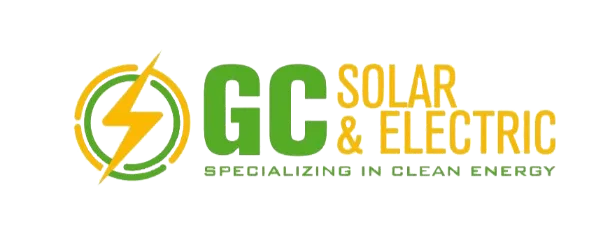
Miami, the vibrant city known for its sun-kissed beaches and bustling nightlife, is harnessing a new kind of energy – solar power. As a renewable, carbon-free and versatile source of power, solar energy has emerged as a front-runner in the race towards sustainable living. With 4.7 MW of photovoltaic (PV) solar installations citywide as of June 2020, the City of Miami has earned the title of a "solar builder".[1] The Power of the Sun Solar energy can be harnessed in two main ways. The sun's warmth or thermal energy can be used for heating water, while its light can be converted into electricity using PV solar panels. With the city's strategic geographical location and abundant sunshine, solar panels in Miami can generate substantial amounts of electricity. The City is also actively working towards making solar energy system installations faster, easier, and more affordable for residents and businesses alike.

Solar energy can be harnessed in two main ways. The sun’s warmth or thermal energy can be used for heating water, while its light can be converted into electricity using PV solar panels. With the city’s strategic geographical location and abundant sunshine, solar panels in Miami can generate substantial amounts of electricity. The City is also actively working towards making solar energy system installations faster, easier, and more affordable for residents and businesses alike.
The potential for solar energy in Miami is evidenced by its impressive solar radiation data. For maximum efficiency, solar panels in Miami should be tilted towards the equator at an angle equal to the latitude of the city. This position, known as the Average Tilt at Latitude (ATaL), typically generates 5.63 kWh/m^2/day, approximately 9% more than the Global Horizontal Irradiance (GHI) and 12% greater than the Direct Normal Irradiance (DNI) values.
For those unfamiliar with the terminology, here’s a brief glossary:
Global Horizontal Irradiance (GHI): This measures the total solar radiation received per unit area by a surface that is always positioned horizontally.
Direct Normal Irradiance (DNI): This quantifies the solar radiation received per unit area by a surface that is always perpendicular to the rays of the sun.
Average Tilt at Latitude (ATaL): This denotes the solar radiation received per unit area by a surface that is tilted towards the equator at an angle equal to the current latitude. The ATaL typically results in optimum energy output.
The month with the highest historical solar radiation values in Miami is March with an average of 6.33 kWh/m^2/day, closely followed by April and February. However, solar energy production is viable throughout the year, with the lowest values recorded in June, July, and September still providing a substantial amount of power.
By embracing solar power, Miami is not only capitalizing on its geographic advantages but also paving the way towards a sustainable and renewable energy future. As more residents and businesses join this solar revolution, the City of Miami continues to shine – both under the sun and in the realm of renewable energy.




